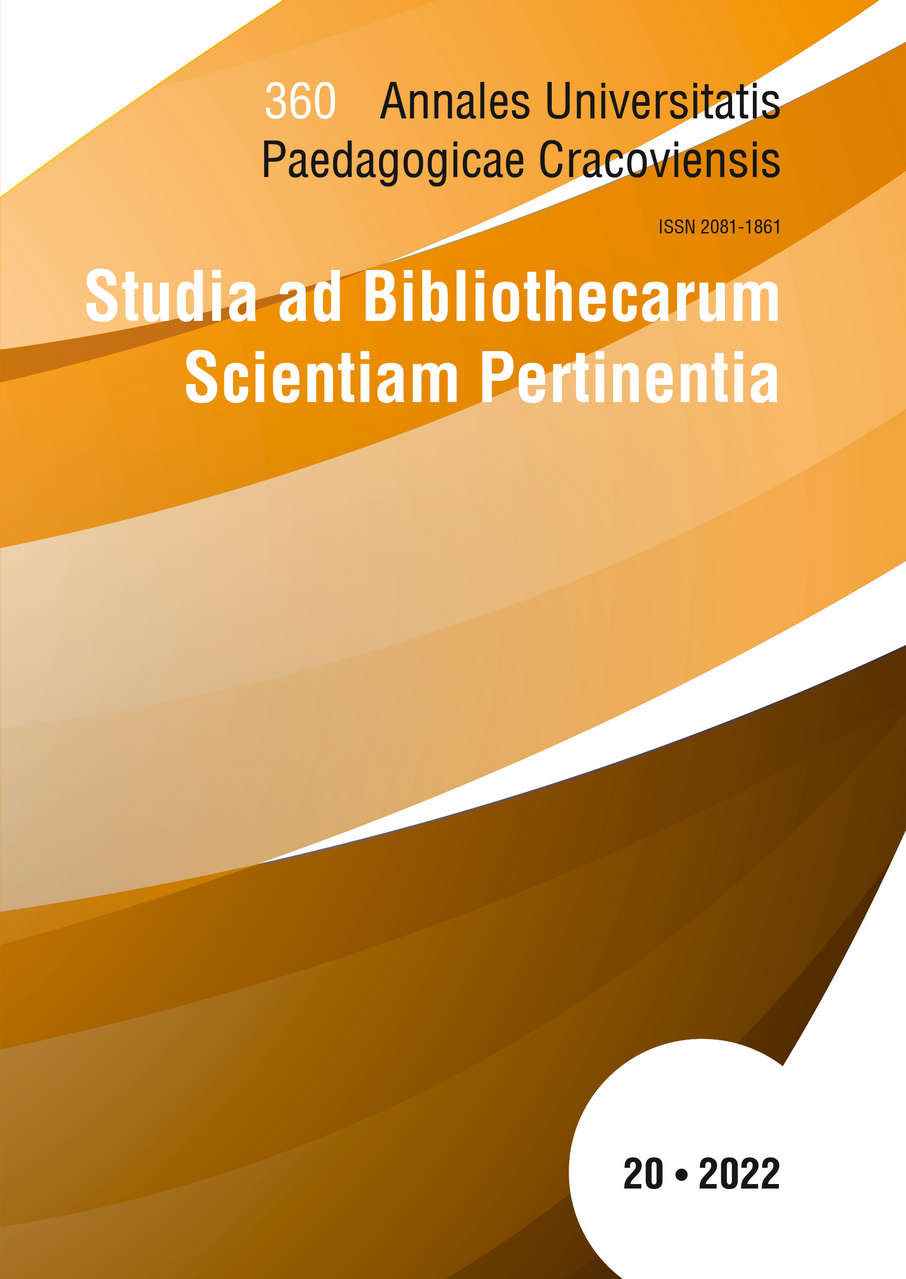Wykorzystanie eye trackingu do analizy wizualnych informacji statystycznych
DOI:
https://doi.org/10.24917/20811861.20.47Słowa kluczowe:
eye tracking, information visualization, readability, FACSAbstrakt
The correct interpretation of statistical data presented using visualization methods is a challenge in relation to modern media and communication. This is mainly due to poorly designed charts and often intentional manipulation of data presented graphically. Another problem may be the limited time that the recipients have at their disposal to familiarize themselves with the visualizations, e.g. via television. The task is additionally more difficult when the presented information concerns socially important matters. Users’ perception of such specific visual information can be tested using a currently proven eye-tracking method.
The following article will present the results of a pilot study conducted on a group of 13 respondents.
Developed and thematically diversified surveys presented to the respondents were intended to help determine how the recipients read the charts, how long it takes them to read the data correctly, and whether the respondents are able to locate any errors.
The experiment was carried out using the eye-tracking technique supported by the survey method.
Bibliografia
Devendra Kumar R. N., Chakrapani A., Facial Expression Recognition System „Sentiment
Analysis”, „Journal of Advanced Research in Dynamical and Control Systems” 2017. Duchowski A.T., Eyetracking methodology, New York 2017.
Fry E., Graphical literacy, „Journal of Reading” 1981, nr 24 (5), s. 383-389.
Glazer N., Challenges with graph interpretation: A review of the literature, „Studies in Science Education” 2011, nr 47 (2), s. 183-210.
Goldberg J. H., Helfman J. I., Comparing information graphics: a critical look at eye trac-king. Proceedings BELIV’10 Workshop, Beyond Time and Errors in the Evaluation of Visualizations (Atlanta, USA), New York 2010, s. 71-78.
Goldberg J. H., Helfman J. I., Eye tracking for visualization evaluation: Reading values on linear versus radial graphs, „Information Visualization” 2011, nr 10 (3), s. 182-195.
Harsh J. A. et al., „Seeing” Data Like an Expert: An Eye-Tracking Study Using Graphical Data Representations, „CBE-Life Sciences Education” 2019, vol. 18, no. 3, https:// doi.org/10.1187/cbe.18-06-0102.
Lavagetto F., Pockaj R., An efficient use of MPEG-4 FAP interpolation for facial animation at 70 bits/frame, „IEEE Transactions on Circuits and Systems for Video Technology” 2001, vol. 11, s. 1085-1097, doi:10.1109/76.954495.
Maltese A. V., Harsh J. A., Svetina D., Data visualization literacy: Investigating data inter-pretation along the novice-expert continuum, „Journal of College Science Teaching” 2015, nr 45 (1), s. 84-91.
Ooms K., De Maeyer P., Fack V., Study of the attentive behavior of novice and expert map users using eye tracking, „Cartography and Geographic Information Science” 2014, nr 41 (1), s. 37-54.
Osińska V., Mapy nauki. Badania, potencjał oraz wyzwania w przykładach, Toruń 2021.
Osińska V., Wizualizować potrafi każdy: czy jednak robi to poprawnie?, „Biuletyn EBIB” 2021, nr 2 (197).
Pantic M. i Rothkrantz L., Automatic Analysis of Facial Expressions: The State of the Art. „IEEE Transactions on Pattern Analysis and Machine Intelligence” 2001, vol. 22, s. 1424-1445, doi:1109/34.895976.
Stolińska A., Bartkowski M., Analiza procesu percepcji danych przedstawionych na wykresach, „Edukacja - Technika - Informatyka” 2018, nr 2 (24), s. 56-57.
Źródła cyfrowe
Ogama - strona główna otwartego oprogramowania do analizy ruchu gałek ocznych oraz urządzeń wskazujących. Realeye [on-line] http://www.ogama.net/ - 29.07.2022.
RealEye - firma oferująca badania eyetrackingowe przy wykorzystaniu kamer internetowych. Realeye, [on-line] https://www.realeye.io/ - 19.07.2022.
Pobrania
Opublikowane
Jak cytować
Numer
Dział
Licencja
Prawa autorskie (c) 2023 AUPC Studia ad Bibliothecarum Scientiam Pertinentia

Utwór dostępny jest na licencji Creative Commons Uznanie autorstwa 4.0 Międzynarodowe.

